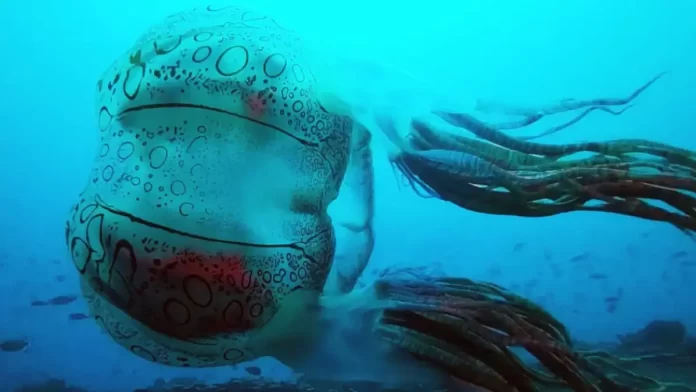At the renowned “Umikirara” aquarium in Sasebo City, Nagasaki Prefecture, visitors are treated to a mesmerizing display of rare jellyfish, including the elusive “throat jellyfish,” sourced from various locations worldwide.
Among the featured specimens is the comb jellyfish, known for its scarcity and reported sightings in only a handful of locations globally, including Nagasaki and Mie prefectures.

Inside the aquarium’s captivating exhibits, these ethereal creatures drift gracefully, their translucent forms catching the light and captivating the curiosity of visitors.
One young visitor, a sixth-grade elementary school student from Shiga Prefecture, expressed awe at the sight, stating, “It was beautiful. I was surprised to hear that it was rare.”
The display not only offers a glimpse into the fascinating world of jellyfish but also highlights the importance of conservation efforts to protect these unique marine species for future generations to appreciate.
Rare Jellyfish
Rare jellyfish species captivate both scientists and enthusiasts alike with their elusive beauty and mysterious nature. These unique creatures, often found in remote and unexplored regions of the ocean, possess striking colors, intricate patterns, and mesmerizing bioluminescence.
Among the rarest of jellyfish is the “throat jellyfish,” a species so scarce that it has only been reported in a handful of locations worldwide, including Nagasaki and Mie prefectures in Japan. Its rarity adds to its allure, drawing attention from researchers and aquarium enthusiasts eager to catch a glimpse of its delicate form.
Studying rare jellyfish species not only provides insights into the biodiversity of our oceans but also underscores the importance of marine conservation efforts. As fragile indicators of ecosystem health, these creatures serve as sentinels of environmental change, highlighting the need for proactive measures to protect their habitats and preserve their existence for future generations.



